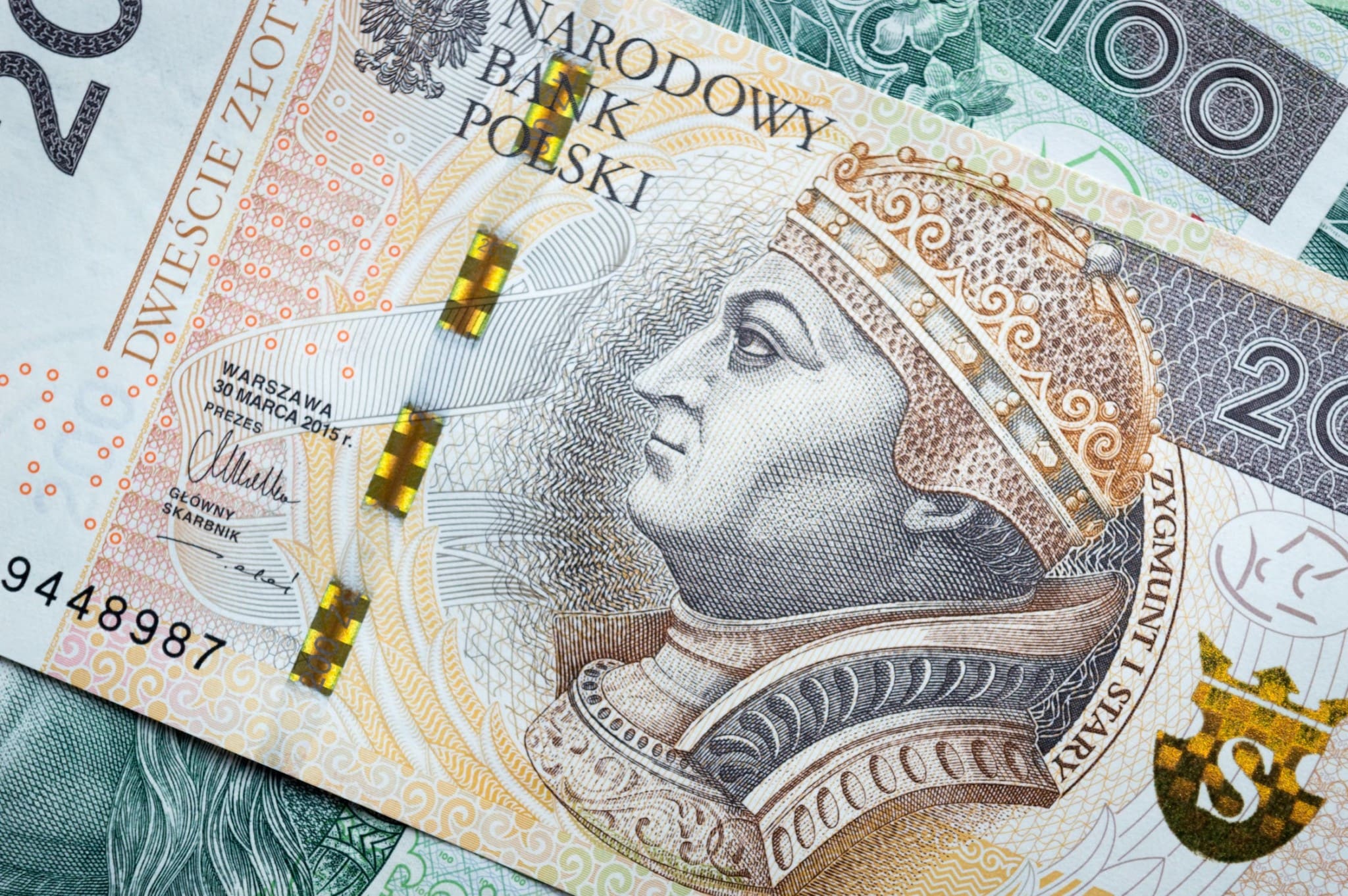Poland’s central bank (NBP) had been expected to cut interest rates by just 0.25 percent, which would have brought the current 6.75 percent down to 6.50 percent. This is why it was such a shock when the NBP decided to go for a 0.75 percent cut, bringing the interest rate down to 6 percent.
The move will please mortgage holders, but not those trading Poland’s currency, the zloty (PLN).
The spectacular cut is seen as being part of the ruling party’s pitch to voters because the head of the NBP, Adam Glapiński, is a ruling party nominee who has repeatedly shown he is prepared to work with the government to help it reach its economic goals.
This is the first change in interest rates since September last year. Before then, NBP had been raising interest rates from the 0.1 percent level in 2021 to 6.75 percent in the autumn of 2022.
Current forecasts are that interest rates will fall to below 5 percent in a period of just over a year. The fall is likely to be justified on the grounds of the inflation rate falling faster than expected, while on the other hand, economic growth is stalling more than had been forecast.
Lower interest rates should help to stimulate the economy, or that is at least the hope of the government.
However, economists noted that the central bank has introduced such a big cut in interest rates despite the fact it has not yet reached its inflation objective of single digits. This is why the head of the central bank, Glapiński, back in July had suggested that the reductions in interest rates would be gradual.
The NBP’s move has affected the value of Poland’s currency (PLN). The zloty was already depreciated against major currencies and fell further, from 4.50 to one euro down to 4.57, reaching its lowest value since May of this year. This puts into doubt forecasts that the zloty was likely to strengthen in the coming weeks and months.






